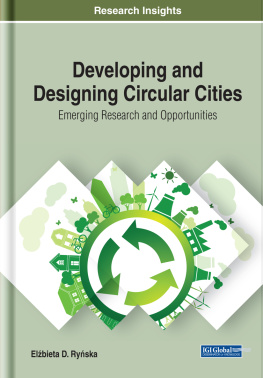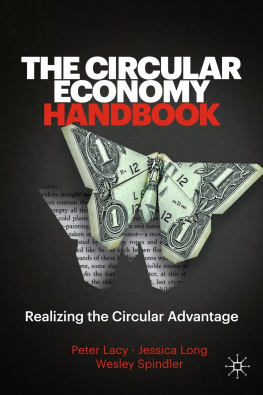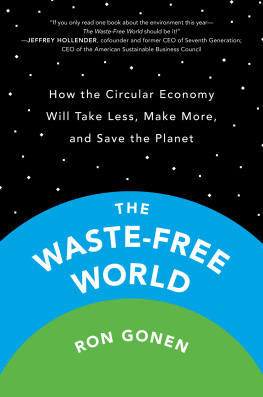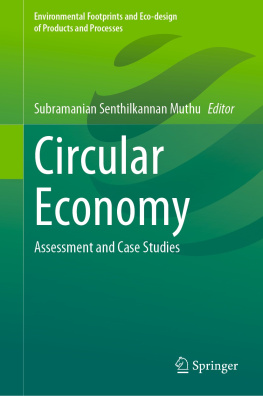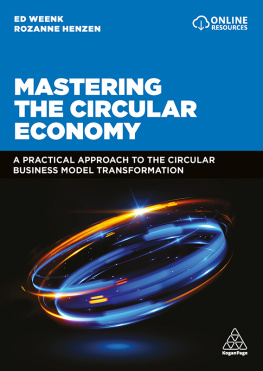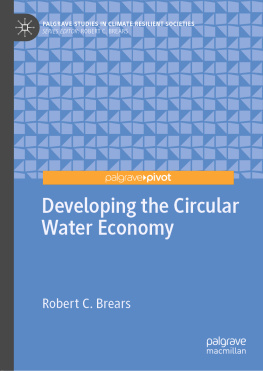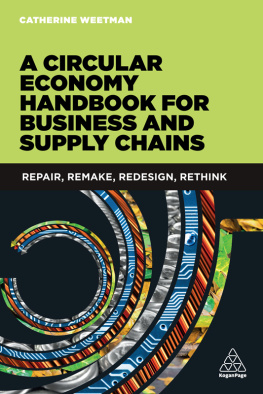Chapter 1
Natural Approach to Circularity in Creation of Cities
ABSTRACT
This chapter shows an economic canvas introduction in part that has direct influence on the architects and urban planning approach. It is followed by a brief explanation to the historic approach to city making, as in the past most of the urbanised areas were circular and the re-use of existing building materials was a standard issue. With the age of industrialisation and introduction of modern techniques and technologies, this attitude has changed, and the linear economic development only quickened the speed with which former solutions were forgotten. General studies showing various past approaches to urban circularity will be presented. Special attention will be paid to the sustainable city as a dynamically changing development process.
INTRODUCTION
It should be noted that the scope of knowledge of which an Architect and Urban Planner should at least be aware of, is an amalgamate of various different sciences and skills. This knowledge is born out of theory and practice and is still true since the Vitruvian times (Vitruvius, 1999). Hence, with present changes covering various development issues including building industries and changing approach as to how human surroundings should be created, designers also should insert this new approach within their professional curricula. One of the early general awareness issues has appeared during the early phase of the 21st Century, and was initiated by the global economic development in many ways dependent on the growing level of energy consumption. Secondary negative effects may be seen in the Earths atmosphere and soil pollution, extreme weather phenomenon, loss of the biodiversity, and many cases of social unrests due to reduced access to many primary goods. These changes are a challenge to the contemporary society. Unfortunately, high price of oil and gas, and unstable climatic conditions form only the visible part of a floating iceberg. Due to the rapid growth of developing countries, access to resources will be more difficult and moreover, in many cases, a lower standard of the existing natural capital (water, soil and air) will prevail. Growth of human expectations will meet a natural barrier formed by a lower accessibility to goods.
In 20th Century, early seventies introduced various technologies aiming to limit or eliminate the level of pollution emitted as a by-product during manufacturing processes. Unfortunately, such approach did not influence sourcing procedures. This phase, known also as the end-of-pipe approach, was followed by the introduction of a cleaner production system based on the introduction of technical and organization solutions allowing for a lower emissions of pollutants during manufacturing processes used together with more efficient management procedures such as: ISO 14001 or EMAS and LCA analyses. According to the main Rio Conference outcomes (1990), this particular decade was dedicated towards formulating a base for a stable and environmentally sustainable society as an alternative for a society concentrated only on growth and expansion. During the 2003 meeting in Tokyo (Kaizosha, 2003), scientists from The United Nations University described a zero emission concept. It is assumed that this concept is the next step towards integration of sustainable development within industrial processes including controlling and reduction of toxic emissions and waste. These theses also have a direct connection with the sustainable environmental cycles. The main aim being total utilization of mined resources, including implementation of effective and balanced use of renewable raw materials still located in the natural environment. Waste from production processes will undergo re-use as a resource input in various new production processes. Even, if total re-use is not realistic, the phrase zero emission level should be discussed as a set of integrated efficient solutions used during consecutive upgrades of the cycle process. A variety of systematic approaches dealing with effective use of existing resources is already in place. These approaches include the need to preserve natural resources and mitigate the civilizations negative influences when using the ecosystems as waste sinks. Most of them are known under a common umbrella heading of a sustainable development, later expanded into resiliency (EEA (2012c). Analytic models indicate also that with the implementation of circularity, it will be possible to double the efficient use of existing resources without lowering contemporary standard of life.
This interactive management can be followed on a diagram (Figure 1). Where each subsystem economy (i.e. building), deals with two areas concerning efficiency and eco-efficiency choices. These two areas depend on the input of fossil raw materials which after initial reuse circle back through materials and energy recycling processes to become renewable resources and be re-used within construction industry. We are used to sustainable development issues, but new changes are required to achieve this new goal. In some countries, including United States of America, the newest terminology is industrial ecology scoping industrial production processes created according with eco-cycles.
| Figure 1. Circular Economy Management |
|---|
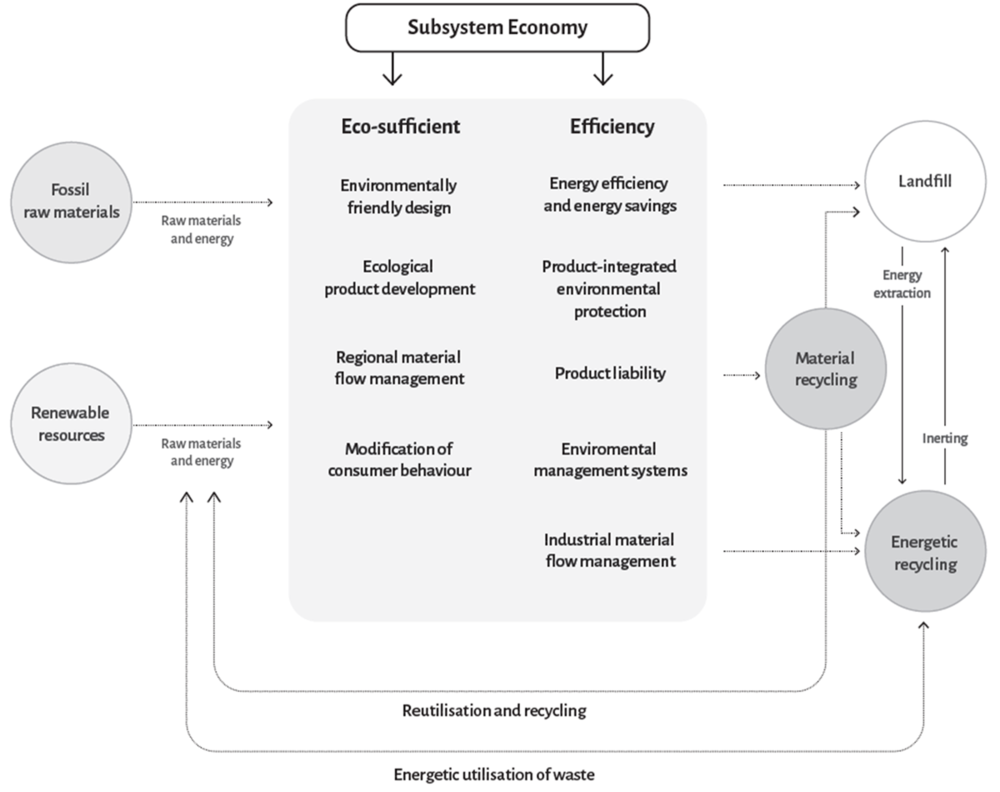 |
| Source: (EllenMcArthur, 2016) |
Research is also processed in ecologic industrial parks where effective synergies formed within individual material cycles are checked as live processes. These research sites provide data, to be later used in other sites and formulate conditions for a more efficient use of resources. Currently, quite a large number of various circular economy models dealing with different themes is under development. Their main aim is to move away from the contemporary linear economy models. Development based on a consumption model can function properly only in the era of cheap resources and well-functioning waste sinks. Presently, only those countries which will accept circular techniques and management methods will be able to develop further. Hence, both China and Japan are implementing a 3R society (reuse, reduce and recycle) corresponding with the new economic vision. Waste reduction is the main set of themes chosen in Germany (Deilmann, 2009).
where the promoted business connections support the top-best co-operations of material loops created according to environmental solutions. Many countries and organisations are making some progress in reducing carbon emissions as part of the climate change campaign. With the growing public awareness, the inhabitants are accepting the schemes of car-sharing, lower energy use, or implementation of techniques to recycle and sort their household garbage.
In 2015, the European Commission presented a legislative circular economy package covering products extended lifecycle from production and consumption to waste management. It was expected that these actions should benefit the environment and the economy as they are aimed at keeping both physical materials and their value as long as possible within the economic cycle, reducing waste, fostering energy savings and reducing GHG emissions. Above proposals are underpinned by 54 actions, which are currently being transformed into concrete policies (EEA, Circular Economy in Europe, 2017). The main aims of circular economy approach are described as follows:
- Preservation of natural environment through maintenance and management of sink niches.

